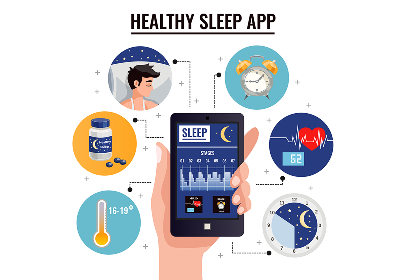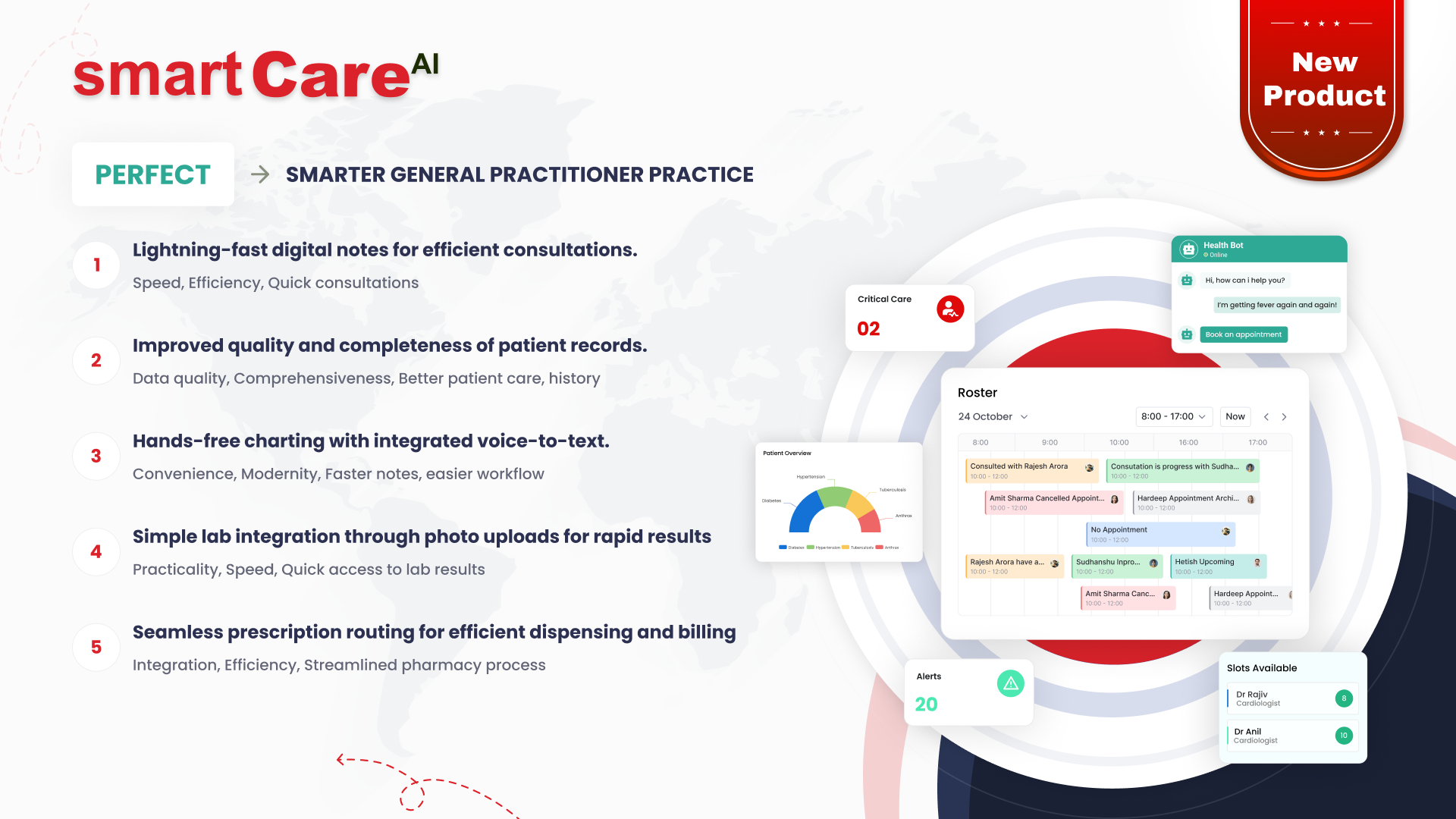Posted On April 25, 2025
Developing a Multi-Language Learning Platform for Global Teams
A fast-growing edtech firm set out to build a digital learning platform that could reach learners across Asia, Europe, the Middle East, and Latin America. Their mission was to deliver high-quality learning materials to everyone—regardless of location or language.
But they soon realized that translation alone wasn’t enough. Each region responded differently based on how well the platform reflected their language, culture, and daily life. This led to the decision to build a truly localized, multi-language platform.
The Challenge
Low Engagement in Non-English Markets
Many non-English users dropped off early. Feedback showed a strong preference for native-language content.
Cultural Disconnect
Language wasn’t the only issue. Western-centric examples, visuals, and teaching styles didn’t resonate in Asia, Latin America, or the Middle East.
Scaling Translations
Managing dozens of courses in multiple languages became a logistical challenge. The firm needed a way to scale localization without constant developer input.
Offline Learning Needs
Many users had limited internet access. They needed downloadable materials to study offline.
Inconsistent User Experience
Date formats, currencies, and navigation differed across regions, causing confusion and frustration.
The Solution
Tech Stack
We built a cloud-based platform using React (frontend), Node.js (backend), and MongoDB (database). AWS powered global delivery with region-based content optimization.
Language & Localization Support
We developed a flexible internationalization (i18n) system that allowed real-time language switching. Translation bundles (JSON) handled locale-specific content. AI tools like AWS Translate managed initial translations, while local linguists refined them for cultural accuracy.
Culturally Adaptive Content
Localization went beyond text. Courses included region-specific examples, voiceovers, units of measurement, names, currencies, and teaching styles.
Offline Learning
The React Native mobile app followed an offline-first design. Users could download full courses, videos, and quizzes for anytime access.
Admin & Content Tools
A custom CMS let the content team update, duplicate, or translate courses without developers. This cut language rollout times by over 70%.
The Outcome
Expanded Global Reach
Within a year, the platform supported 10+ languages and launched in 25 countries.
Higher Engagement
Course completion rates rose by 50% in localized regions. Users appreciated the personalized experience.
Improved Retention
More users kept the app beyond the first week—especially where offline access mattered most.
Faster Content Delivery
New language versions launched in days, not weeks, thanks to streamlined localization.
Key Insight
True localization—beyond simple translation—made the platform more inclusive and impactful. For the client, that meant stronger user engagement, reduced churn, and accelerated global growth.








